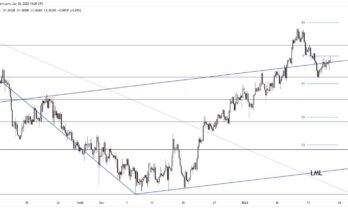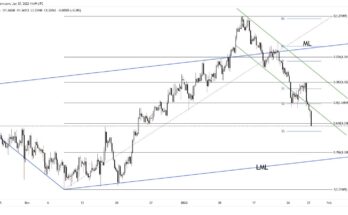Monday turned out to be something of a roller-coaster for FX, but not wholly unexpected given the interplay of month and quarter end flows. The result was a weaker dollar vs. most major currencies, taking the dollar index below the 80.0 level and pushing cable to the 1.71 level . EURUSD was back to levels last seen on 21st May, with inflation data confirming the 0.5% expected outturn. The yen and Canadian dollar were more reluctant to take part in the rally, CAD looking stretched after the recent rally and more vulnerable to short-term corrective activity, especially given the gap that has opened up vs. 2 year rate spreads.
Overnight, we’ve seen the RBA keep interest rates steady after their meeting. The Aussie rallied towards the 0.9450 level, despite the subtle change in emphasis on the statement. The RBA has long been commenting that the exchange rate “is high by historical standardsâ€. Today they added that this meant it was “offering less assistance than it might in achieving balanced growth in the economyâ€. Both statements could be seen as more observational than opinionated (i.e. saying it’s over-valued or similar), but nevertheless it does represent a subtle shift higher in the RBA’s sensitivity with respect to the exchange rate.
For today, early focus is with final PMI data in the Eurozone, together with UK manufacturing PMI at 08:30 GMT. US ISM data follows later in the day at 14:00 GMT. Markets should be more settled vs. yesterday, with Thursday the main focus given ECB meeting and release of US employment report (a day earlier ahead of Independence Day).
Further reading:
UK manufacturing PMI
Aussie



